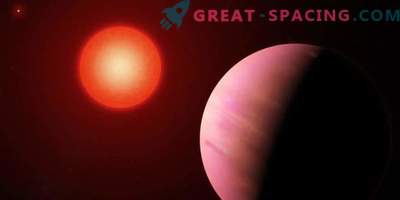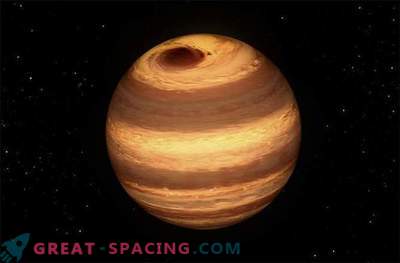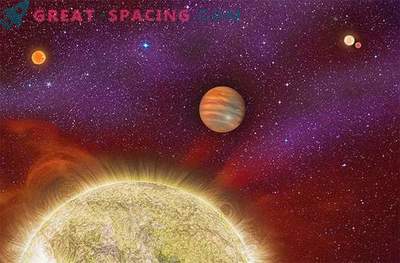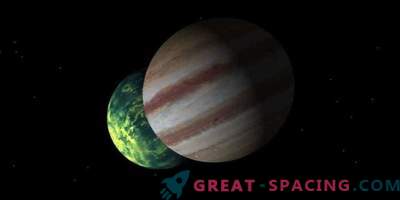
Scientists constantly use help from amateur astronomers and civilian scientists, since it allows much faster processing of large data arrays. And all the laurels go to the one who makes the discovery. Recently, lucky 17-year-old astronomer, who discovered the world with two stars.
Brian Wu presented his findings in May 2019 at the Intel International Science and Technology Fair. At this event, the narrators focused on the topic of exoplanets (worlds revolving around foreign stars). Now an 11th grade student from New York has managed to add another interesting copy.
How did the guy manage to find the planet? Brian has long been engaged in sorting data for 2008-2012. from a telescope in new mexico. The telescope regularly tracks the stars, returning to each with a gap of two weeks. The telescope sends photos in visible light. In the spectra of stars embedded many dark elements - the absorption line.
These thin absorption lines are formed when specific wavelengths of light from a star are absorbed by materials located between the star and us. With the help of these lines it is possible to understand which substances have absorbed the stellar glow.
Brian Wu explains that sometimes these lines appear where they should not be, and seem to be displaced. If the shift occurs to the red end of the spectrum, then the star moves away from us, and if it goes to the blue end, it moves in our direction. The more lines are shifted, the faster the star moves relative to our planet (Doppler effect).

17-year-old Brian Wu from New York shows animation of rotation of a found exoplanet around two suns
Observing the displacement of the line in the stellar spectrum, Wu determined whether the star was staggering. If the rocking seems to be regular (for example, once every 37 days), then we can talk about the presence of a massive planet or another celestial body.
Brian went through about 1100 yellow stars and found 9 stars with gigantic planets, whose masses are 15 times greater than Jupiter's. One of the stars in terms of characteristics resembles a brown dwarf. Stellar pairs were also found. Wu is really lucky with his finds.
But the most interesting was the discovery of an exoplanet that revolves around two stars. He found it, fixing small fluctuations from the planet on top of large fluctuations from two stars. If he found the remaining 23 planets through an eclipse (transit), then this is the only world discovered by him with the help of the Doppler shift.
The new planet is 400-500 light-years distant from us. It rotates around native stars at a distance of 90 million miles, performing one orbital rotation in 315 days. Most likely, it is almost 3 times the massiveness of Jupiter. This is a gas giant, so you can’t count on life. However, if there are satellites nearby, then hope remains.











































